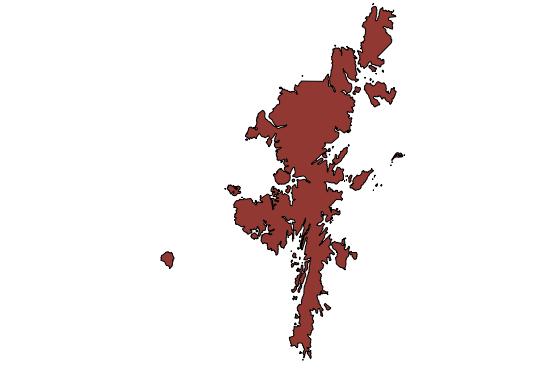Here is the map to which this data is related.
Once your data is displayed within the GIS you can then save it to another format such as shape or tab so it can used in other GIS software solutions that perhaps do not support GEOJSON or JSON based systems.
If you would like to further explore how GIS could help your organisation jps services offers one and two day training courses in QGIS, ArcGIS and MapInfo.


 RSS Feed
RSS Feed